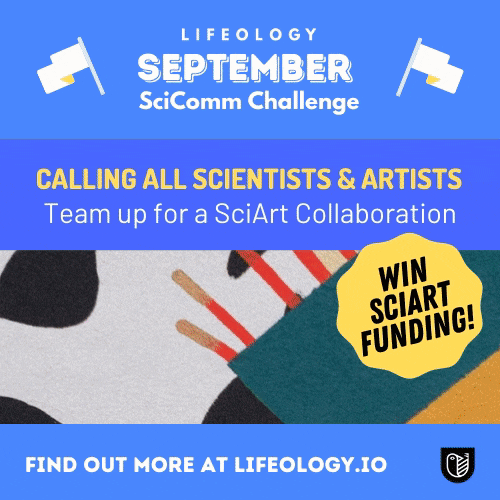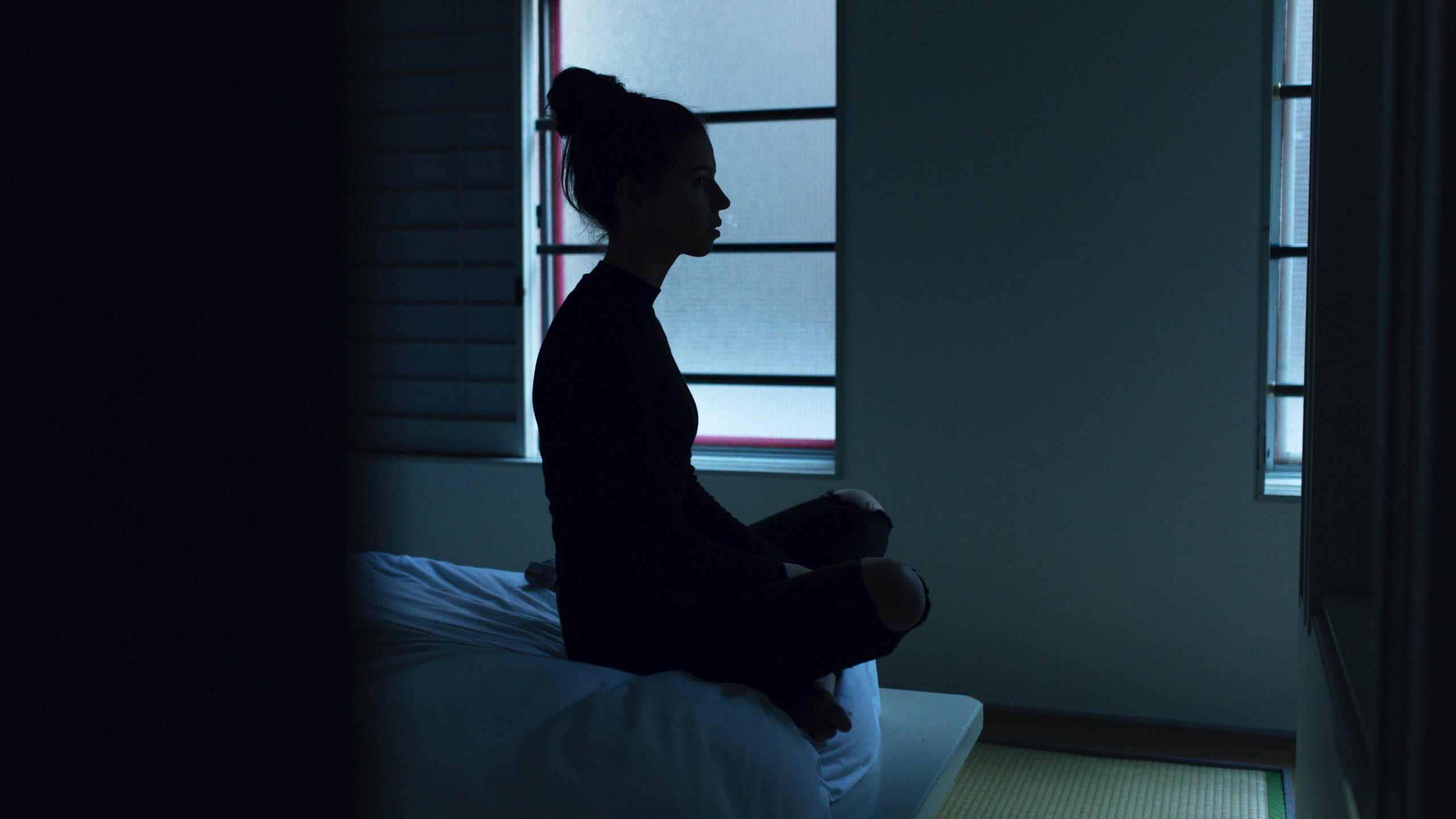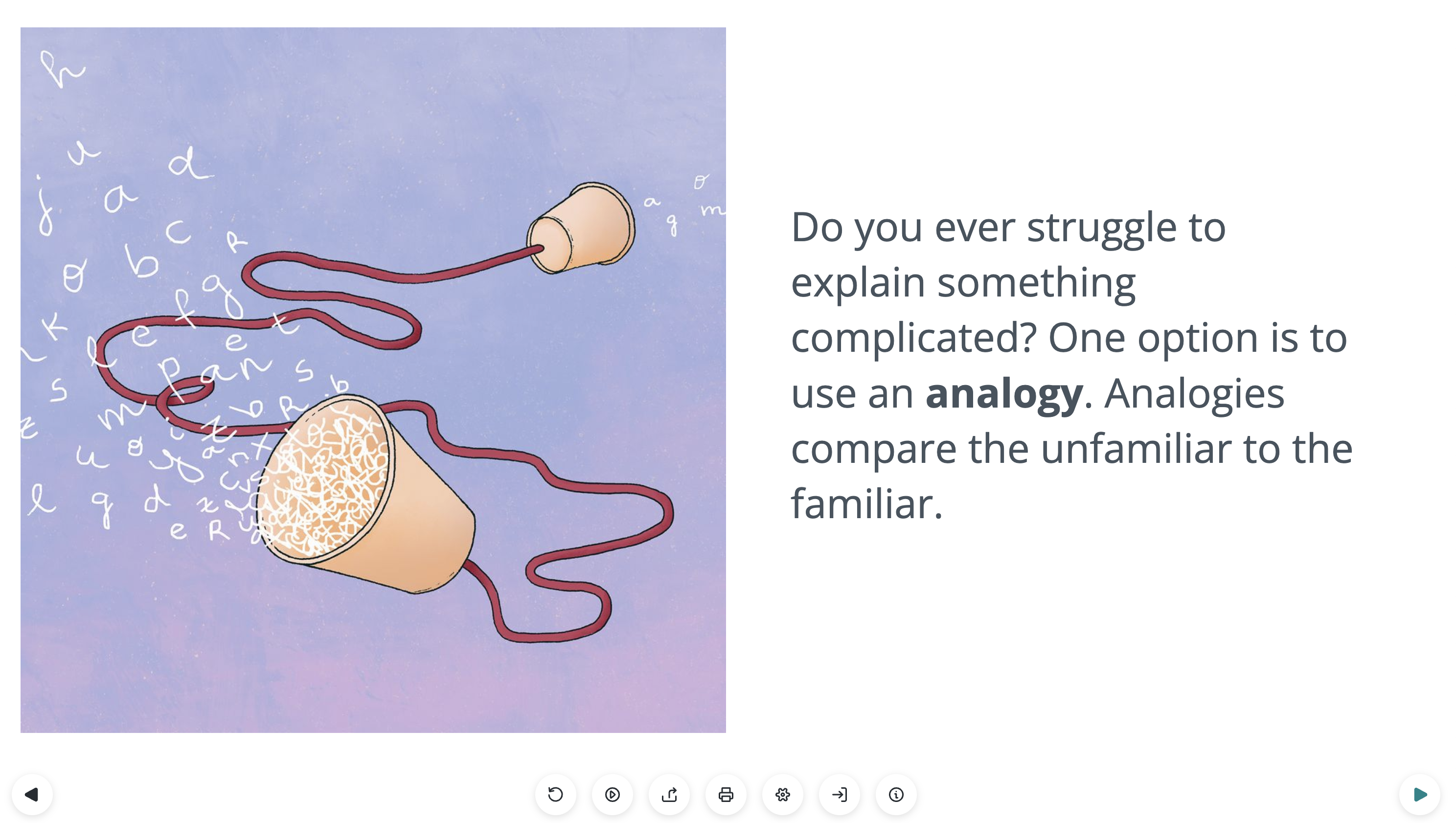This month, our Science Communication Challenge is about the core idea of the Lifeology platform – Science Art Collaboration!!
Check out the blog post introducing the challenge here. But if you have any additional questions about the details of the challenge, have a look at this FAQ list that we’ve put together to help you form a SciArt collaboration!

Calling all scientists & artists for the September SciComm Challenge!!!
Q: Do I need to form a team, or can I just submit an entry myself?
A: Feel free to submit an entry by yourself, but you have to enter with a 2 person collaboration to be considered for the prize.
Q: Do I need to make SciArt that fits the theme of The Scientific Method?
A: Not necessarily, you can go for whatever style or theme that inspires you, but incorporating the theme of The Scientific Method will probably win you more points with the judges!
Q: How can I set up a collaboration?
A: You can start looking for a collaboration by pitching an idea on the Lifeology Slack channel (#scicomm-challenge-of-the-month) – join Slack here. Alternatively, you can email us at Lifeology@lifeomic.com, or messaging us as the challenge organizers (Jordan Pennells/Paige Jarreau) on the Lifeology Slack Workspace.
Q: How should I post on the Lifeology Slack channel to set up a collaboration?
A: First, let us know if you’re a scientist, artist, or science artist and who you are looking for. Second, pitch your idea for the SciArt collaboration. Third, float an approximate $ amount that you would be able to pay the artist (if you are a scientist), or the $ amount that you expect to be paid (if you are an artist).
Example:
Lifeology role: Scientist
SciArt pitch: An infographic that explains the Scientific Method, in the format of the
Scientific Method (can include sketches/storyboarding of your idea)
Max Budget: ~US$200
Q: I’m really excited about this challenge, but I don’t have a large budget to pay an artist for collaboration. Can I still propose a $ amount that would be smaller than a typical artist commission?
A: This is where negotiation comes into the process. If you can agree with an artist on a certain $ amount, then you are free to start this collaboration and enter the challenge. However, please be mindful of the time & effort that artists invest into their work – don’t expect artists to agree to an amount that is too low.
Q: What is a typical artist commission for SciComm work?
A: This is a really good question and is hard to answer in general. It depends on the scope of the work, how much time it is expected to take, and the quality that you expect in the final product. We hope to address this question and others like it in a Slack Live Chat later in the month – ping us if you’d like a specific question put to the experts during this Live Chat!
Q: I’m a scientist and I want to team up with an artist, but I don’t have the funds to pay for their work. Can I still enter the competition?
A: You can still enter the competition – for example, you may wish to submit a SciArt piece you created yourself – but you have to pay an artist in a collaborative project to be considered for our prize, which includes additional funding for your SciArt collaboration!
Similarly, if you’re an artist that’s looking to collaborate with a scientist, but they don’t have a budget to pay for your work, you can do the work pro bono (without payment) and still enter the competition and be eligible for the prize. However, we strongly encourage artists to insist upon payment for the time & effort they put into their artwork!
Q. Is there a minimum artist payment amount to be eligible to win the competition?
A: We haven’t set a minimum payment amount to be eligible for the competition, but paying an artist more and giving them more time to create the SciArt submission will increase the quality of the work and increase your chances of winning!
Q: How can the Scientist/Artist team settle on the SciArt collaboration agreement?
A: After the period of negotiation around the details of the work and the amount of payment, the artist should draft up a work contract & invoice to be sent to the scientist. The scientist will then have to sign it, send a copy of the agreement to Lifeology, and the collaboration will be established.
An important part of this challenge is not only creating some engaging SciArt material, but introducing scientists and artists to the collaborative process and getting some practice at it in a safer environment of the Lifeology community! Reach out to us at Lifeology.io if you need any help establishing a contract agreement or working through the details of collaboration on a SciArt project.
Q: Who will have ownership of the SciArt material once it is submitted?
A: Assuming that the scientist has paid for the SciArt work, then they will have ownership of the material, or license to use the material as set in their contract agreement with the artist. Lifeology won’t take ownership of any SciArt material generated out of this challenge. The details of the material ownership (i.e. copyright & distribution rules) will have to be stipulated in the SciArt work contract drafted up by the artist.
Q: If we want to dream big and do a larger scale SciArt project, we might not have time to do that in <1 month. Does it have to be a fully polished piece of work to be eligible?
A: We’d love for you to dream big! Obviously polished work is nice to have, but if you have more of a pitch or proof-of-concept for a larger SciArt project, then that’s eligible too. And if we really see the potential in the project, then we can help refer you to some of our scicomm partners that are offering larger grants for these projects and have told us they’ll take special consideration for Lifeology challenge submissions!
Q: When does our team need to submit our entry by & how do we submit?
A: You need to submit before midnight Central US time on the last day of September, by emailing us your entry at Lifeology@lifeomic.com.




